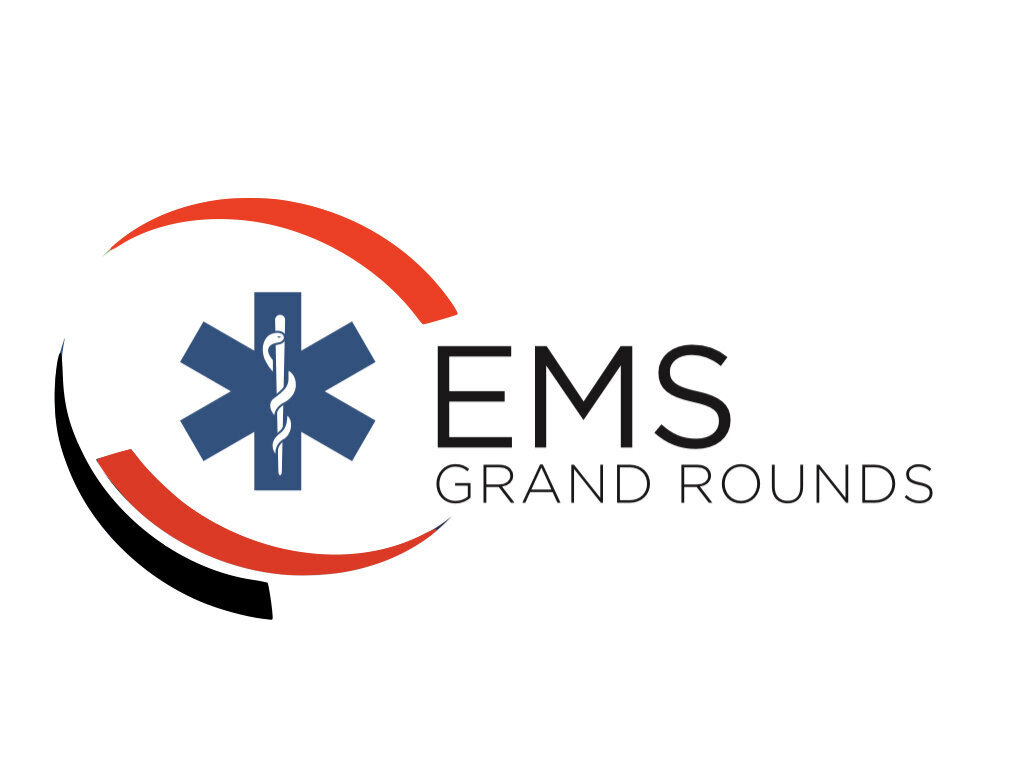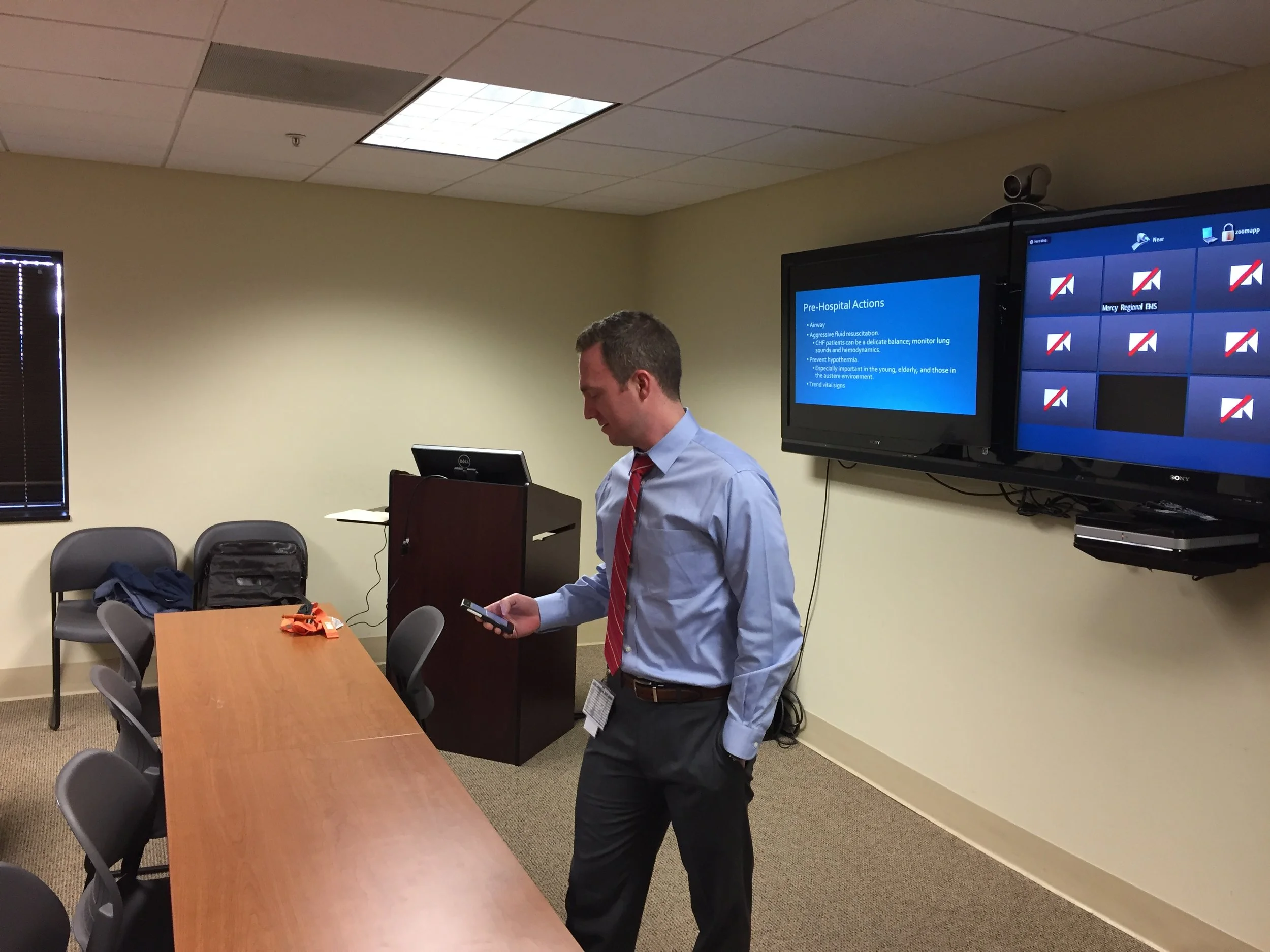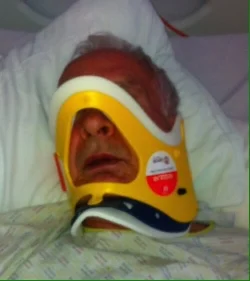April 13, 2017: VL, Trauma systems, and Ultrasound
Navigating Trauma at UK
Trauma's a team sport, and even if we don't always show it, we really appreciate what is done in the prehospital setting to that end. Sickest/ unstable patients get a Trauma Alert Red designation, which not only pulls the whole trauma team to the ED to meet you, but also anesthesia, radiology, holds an OR open, etc. Trauma alerts are folks that may be seriously injured but haven't declared themselves as needing an operating room right away. The important thing to make that designation is that the prehospital report, so keep in mind that your radio notification makes a huge difference for what happens. When you give a report, speak loudly because everyone is supposed to be listening to you. If you feel like you were slighted, please let one of us know, because that's not cool.
https://youtu.be/JQRYOe_AatA
Why you hate VL
There are a lot of good reasons to use video laryngoscopy- not only is it often easier for you to get a good view of what you want as a provider, it's basically the only way to show others what you're seeing and the only way for someone to come along later and review the performance of it. The technique to VL depends on your equipment- hyperangulated ("D blade") blades are designed to show you around corners and not to move tissue, which is different than the standard geometry (Mac) blades with which you do actually move tissue around. The technique of VL usually involves keeping the blade a bit farther away from the glottis than you probably think you should be- the idea isn't to see the cords in fine detail, it's to see the stuff around the cords so that you can navigate the ET tube into place. Find the epiglottis first and then go just deep enough that you can see around it. Simple things
https://youtu.be/PeMhWwoDwmw
Prehospital Ultrasound: Sonia Reyes, Michael Elliot
Ultrasound is pretty cool- portable, easy to use, pretty easy to interpret, no side effects. Technology has made it possible to carry ultrasound around in your pocket, and there's really no reason EMS couldn't use it now. The standard Focused Abdominal Sonography after Trauma (FAST) exam consists of looking at the right upper quadrant of the abdomen (the easiest place to find fluid), the left upper quadrant between the spleen and kidney (often the first place you'll see blood in the abdomen), and the pelvis/ bladder, as well as at the heart to look for fluid in the pericadium. Add on a view of the lungs and you can not only evaluate for significant bleeding in the abdomen but also pneumothorax.
NOTE FROM LUBBERS: As much as we'd like to thing that we're really good at clinically diagnosing pneumothorax by breath sounds, we are not. Not just EMS- ED docs, trauma surgeons, nurses- we all suck at the same thing, which means to me that we just don't have a good test for it. It's even more difficult when it's noisy and busy and lets face it- I can count on one hand the number of times I've seen someone actually listen to breath sounds in a meaningful manner outside of and ambulance. Ultrasound as a test for pneumothorax is a really good thing- we should adopt it just for that.
https://youtu.be/UKjpZQ-wB7s





